The post 5 Benefits of Using Photography Filters when Taking Photos appeared first on Digital Photography School. It was authored by Jeremy Flint.

Filters are optical attachments that attach to the front of the lens. They can be made of glass or resin and are used to restrict the light coming into the camera. Filters are a great piece of kit to consider carrying with you in your camera bag, particularly when you have been doing photography for a while and are more up to speed with how to use your camera. Described below are several key reasons and benefits to using filters as well as how to use them and the different types of filters available.

Filters, like this kit from NISI, are a great addition to your photography kit, particularly if you do a lot of landscape photography.
1. Add color and contrast
Filters are a great way to improve your landscape photos. One of the most popular types of filters available on the market today is a polarizing filter.
There are a few reasons why it is beneficial to use polarizers.
Polarizing filters reduce reflections such as those found on glass or water. They can also help to restore natural color saturation and improve the contrast in your images. An example where a polarizer can be beneficial is when photographing woodlands, waterfalls or greenery to bring out more color in the vegetation.

You can vary the intensity of the polarization effect by rotating the filter until you achieve the desired effect. For the optimum effect, you are best to point your camera at around a 45-degree angle to the sun.
There are two types of polarizers available: a square and a circular version. You can use them as part of a square or round filter system.
You can place a square type of polarizing filter into one of the slots of the filter holder system that is attached to the camera lens via an adaptor ring.
The circular polarizer option either screws onto the front of the lens directly or attaches to the front of the square filter system by a ring. The front dial of the filter is then turned to polarize the light on the scene you photograph.
2. Create movement

Another great advantage of using photography filters is to create some motion in your pictures.
Have you ever wanted to create more movement to a static looking scene?
Well, by using a Neutral Density (ND) filter, you can.
The way an ND filter works is by reducing the level of light that passes through the camera lens. If you haven’t used them before, they are quite straightforward to operate. You simply slot the ND filter into a filter holder attached to the camera lens. It then blocks some of the light that enters the camera sensor so that you can still use slower shutter speeds in bright daylight.
They come in a range of different densities varying from one, two, three, or even 10 or 16-stops of exposure. The darker the filter, the more significant the loss of light and the stronger the effect they can generate.
You may be wondering, do you really need one? Well, that depends on what you are photographing.
The 10-stop and 6-stop ND filters are specifically designed for long exposure photography. The 10-stop works very well for extending exposure times and blurring moving subjects in your images. It is great for capturing the motion of foliage, clouds, or water.
In comparison, the 6-stop can be beneficial for low-light conditions at dawn and dusk.
They are both advantageous. You can use them to accentuate cloud movement, create cloud patterns, or make running water appear smooth.
3. More balanced exposure
You can use filters to help capture a scene accurately. The fundamental reason for using a Neutral Density (ND) graduated filter is to reduce the amount of light entering the camera across the shaded gray part of the filter and correctly record the scene.
ND graduated filters are very popular for landscape photography as they help to provide more balanced exposures.
As great as modern cameras are you will often find with high-contrast landscape scenes, your pictures will either have a burnt-out sky or a dark, underexposed foreground. This is where the Neutral Density (ND) graduated filter works its magic.

In these high contrast scenes, when there are two different very unevenly lit subject areas, an ND graduated filter can be an appropriate solution.
For example, when shooting bright skies or sunsets, the exposure between the sky and the foreground varies significantly. Hence, an ND filter helps to capture the entire tonal range from the brightest to the darkest parts of an image, thus achieving a balanced exposure.
Start by placing the ND filter in the filter holder and position the dark section of the filter over the bright sky. This reduces the amount of light transferred to the sky part of the image whilst allowing the foreground to expose correctly.
This way, you capture detail in both parts of the image without the sky washing out due to too much light.

In terms of the different types of ND grads available, they will either have a hard or soft edge where the gradation line gives a stronger or smoother transition from color to clear, respectively.
Hard ND grads are better suited to scenes with straight horizons, while soft grads are favorable when objects like buildings and trees cross the horizon.
ND graduated filters come in different strengths from 0.3, 0.6, 0.9, and 1.2 gradations. A 0.9 ND filter reduces the exposure by 3 stops of light. ND graduated filters alter the transition from dark to light, with 0.3 being a weaker gradation, and 1.2 being a stronger gradation.
4. Enhance images
Using photography filters can help to enhance your photography and different types of images, especially when using special effects filters.
You can get specific special effect filters that slot into your filter holder, such as infrared or black and white filters. Other filters you can use to develop wonderful in-camera effects include sunset and sunrise filters. These provide warm colors for dawn and sunrise.

Mist and fog filters are another popular type of special effect filter. They are used to imitate the effects of mist by carefully positioning the filter in the holder. You can also use these filters to clean up images by the removal of distracting backgrounds to create minimal compositions.
Other various filters can enhance effects in your photos. If you love to capture vivid, saturated shots, investing in color intensifiers is of benefit.
The intensifier filters broaden and enhance specific colors without affecting the other tones in your photograph.
Alternatively, there are sky filters available to enhance the colors in the sky, as well as autumn tint filters designed to accentuate golds, reds, and browns.
5. Change white balance

When you are out capturing landscapes, you may want to alter the color temperature of the scene. Using specialist color temperature filters can be great for changing color tones with no added color cast.
Consider using photography filters that help to brighten up or cool down the white balance and give accurate color temperature corrections.
Coral filters are a great way to warm up a scene by adding pinks and reds.
Conclusion
In summary, popular filters, particularly amongst landscape photographers, include polarizers, graduated and neutral density graduated filters, and special effects filters.
Consider using photography filters as a way to add color to your images, manage variations in contrast, and to create more dynamic movement such as with clouds or water.
Filters are also a wonderful accessory to help protect your lenses and balance your exposures where tones are significantly different.
Do you use filters? What benefits do you find they provide? Share your comments with us below.
The post 5 Benefits of Using Photography Filters when Taking Photos appeared first on Digital Photography School. It was authored by Jeremy Flint.




























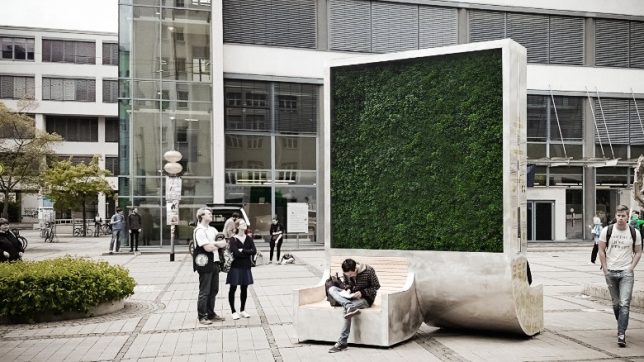
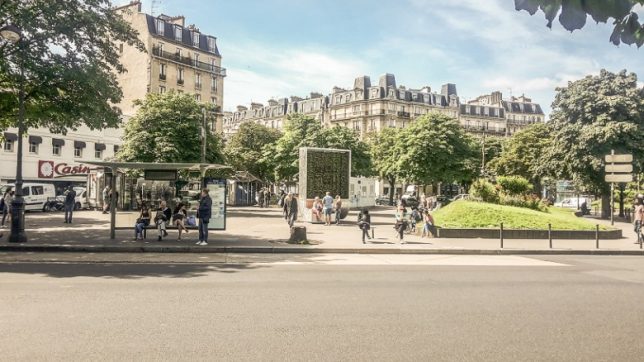

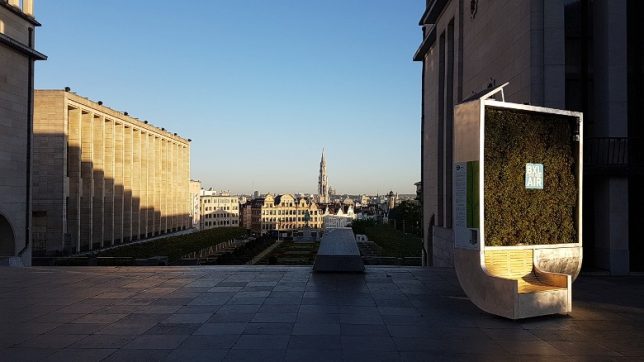











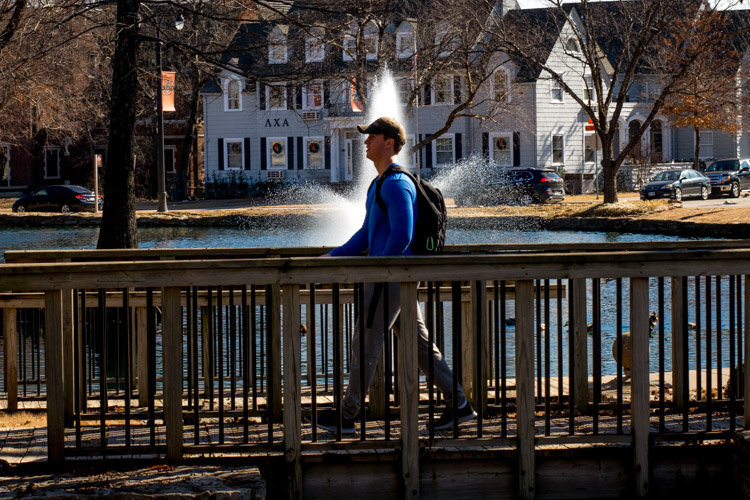

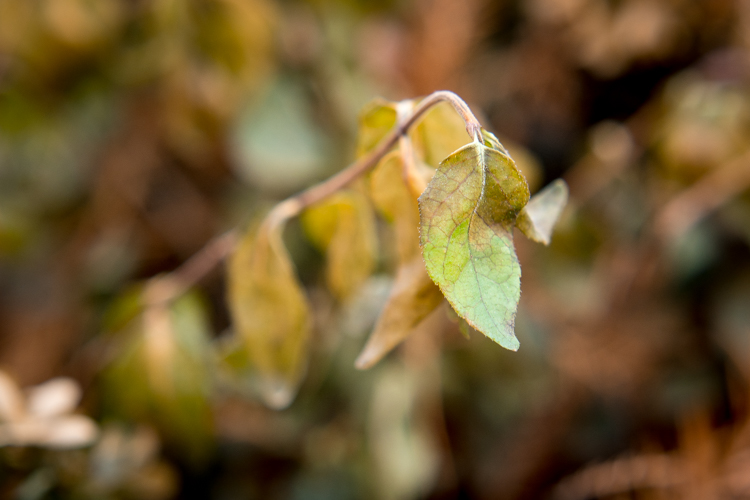
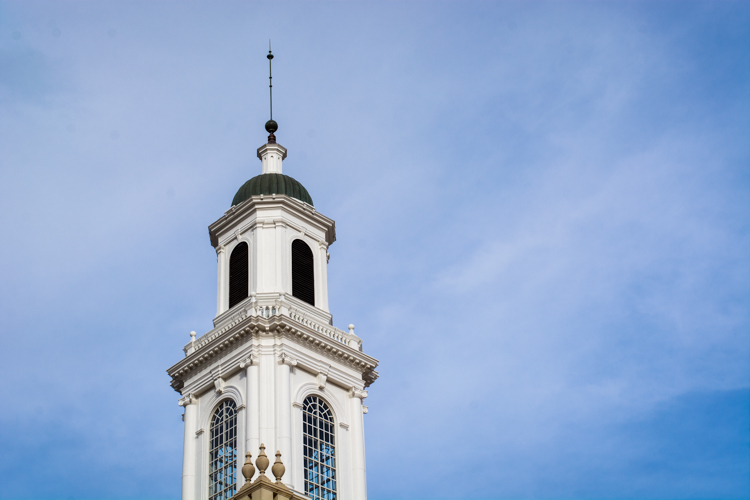

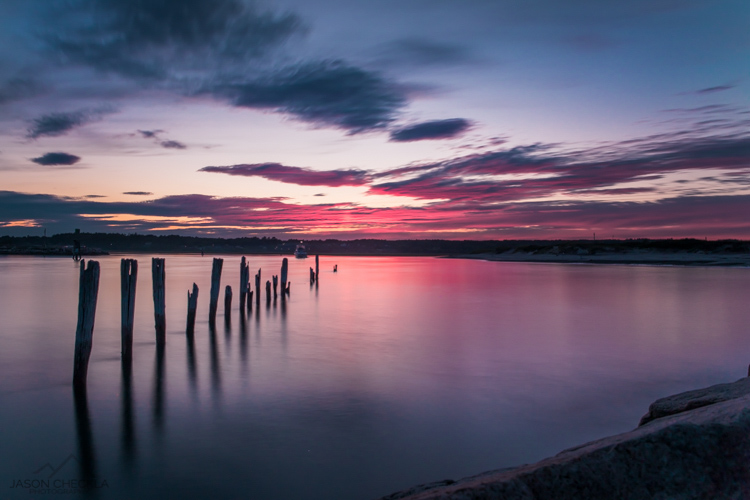


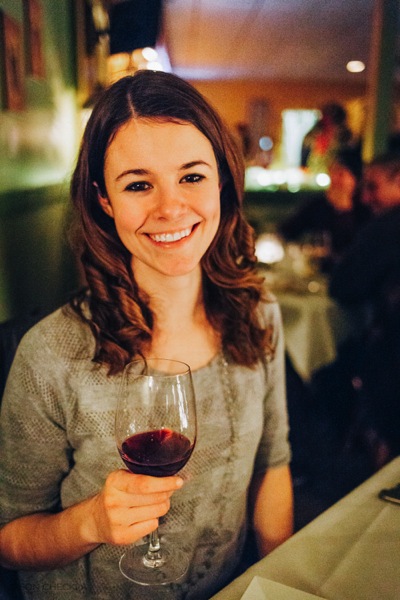


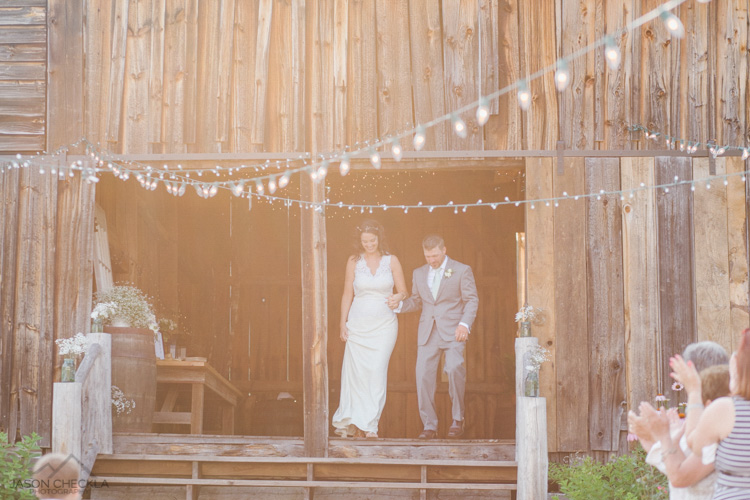

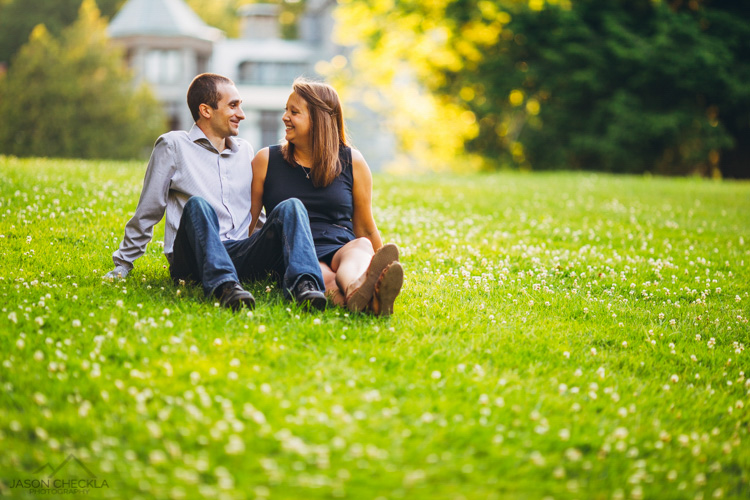
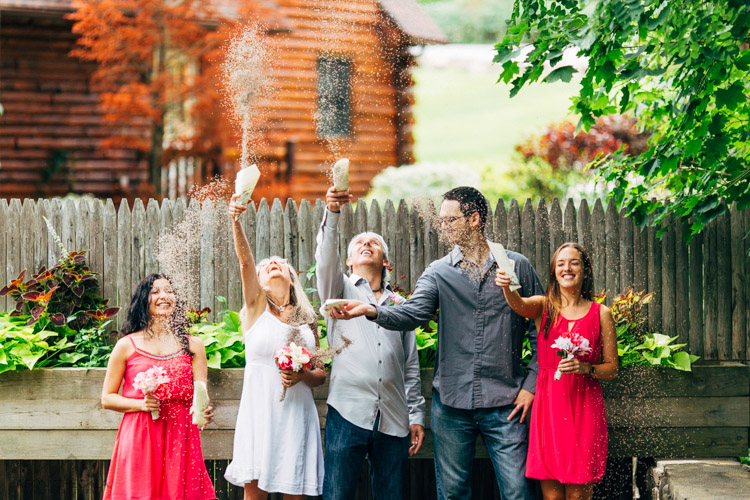

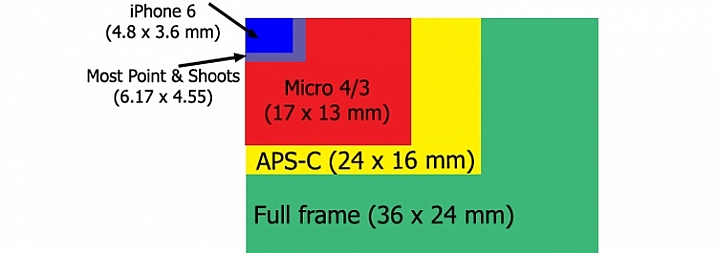
 To explain this chart a little further, the range on the bottom is DxO Mark’s “sports scores,” which as mentioned above are really ISO values. Each camera was assigned a score, and I sorted them by sensor type. The range of values for Micro Four Thirds cameras is between ISO 757 and 896 (with the average at 825). The range for cameras with APS-C sensors is ISO 915 – 1438 (with an average of 1161). The range for full frame cameras is ISO 2293 – 3702 (with an average of 2811).
To explain this chart a little further, the range on the bottom is DxO Mark’s “sports scores,” which as mentioned above are really ISO values. Each camera was assigned a score, and I sorted them by sensor type. The range of values for Micro Four Thirds cameras is between ISO 757 and 896 (with the average at 825). The range for cameras with APS-C sensors is ISO 915 – 1438 (with an average of 1161). The range for full frame cameras is ISO 2293 – 3702 (with an average of 2811).
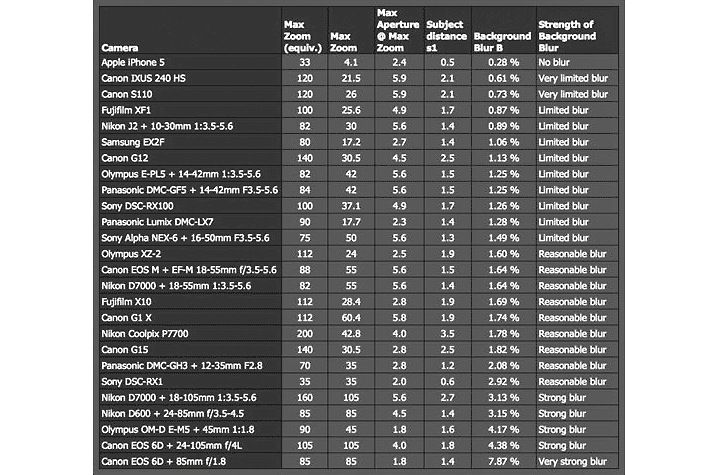

You must be logged in to post a comment.